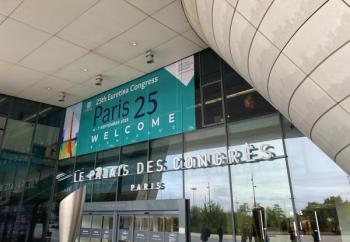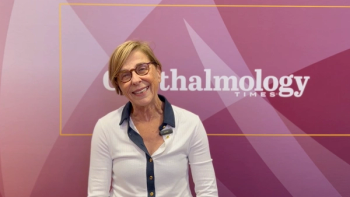
Reducing the burden of anti-VEGF therapy follow-up appointments
All of the excitement surrounding anti-VEGF therapy has been countered slightly by one major issue: the regular treatment and follow-up regimen associated with the new class of treatments.
Key Points
There is no doubt that anti-VEGF therapy has revolutionized the treatment of age-related macular degeneration (AMD). Its availability has given hope to the 2.5 million people in Europe predicted to be afflicted by this debilitating condition1 who can now hope for disease stabilization or even reversal. In fact, the MARINA study demonstrated for the first time an average gain of 7.2 letters over a period of 24 months after anti-VEGF therapy.2
All of the excitement surrounding anti-VEGF therapy has, however, been countered slightly by one major issue: the regular treatment and follow-up regimen associated with the new class of treatments.
How often should appointments be scheduled?
The PIER study, on the other hand, used a fixed and less frequent treatment regime, after the initial uploading phase of three injections; the patients received an examination and reinjection only every three months. The results of this study demonstrated an initial VA gain of six letters during the uploading phase, however, this gain was lost during follow-up and the final VA was statistically similar to the pre-treatment VA.4
The conclusion of these studies was that monthly evaluations are mandatory to maintain visual improvements, whereas prolonged intervals between re-examinations were associated with a decline in VA.
In order to realize the full burden that this has placed on clinics, one must consider that in the pre-anti VEGF era, not only were a large proportion of AMD patients untreatable (almost 50%), but in those patients eligible for photodynamic therapy (PDT), specialists only needed to administer three treatments during a patient's first year of therapy. This treatment regimen differs markedly from that which is currently required of patients receiving anti-VEGF therapy; at least double the number of intravitreal injections of anti-VEGF therapy is required, in comparison to the three PDT treatments.
Couple this with the dramatic increase in number of re-examinations and re-treatments and the recommended long-term rehabilitation schedule, and the result is a severely overloaded retina clinic.
Introducing the digital solution
In response, many retina specialists who are administering anti-VEGF therapy, have adopted the 'trial and error' approach to practice management, the aim being to find the optimal method of organizing their clinic to ensure good patient flow. However, as a clinic continues to accumulate more and more patients that are either in the treatment or rehabilitation and monitoring stage, without increasing resources, it will not be long before it reaches breaking point.
In accordance with the studies discussed earlier, in order to get the best out of anti-VEGF therapy, regular follow-up and monitoring is necessary, which in itself adds an immense burden on clinics. An ideal solution would be to involve the patient in the process, by educating and empowering them to monitor their functional and anatomical status in between treatments, thus easing a clinic's workload.
"To overcome the overloading of our outpatient department, we expanded the interval between two visits, from one to two months, and instead evaluated the feasibility of a computer-based test that would help patients to monitor their own vision," explained Professor Carsten H. Meyer of the University of Bonn, Germany.
Along with Professor Norbert Schrage of Clinics of Cologne, Germany and Dr Stefan Sauer, Novartis, Nürnberg, Germany, Professor Meyer conducted the first pilot study of a computer-based screening test in AMD patients.
Newsletter
Get the essential updates shaping the future of pharma manufacturing and compliance—subscribe today to Pharmaceutical Technology and never miss a breakthrough.















































